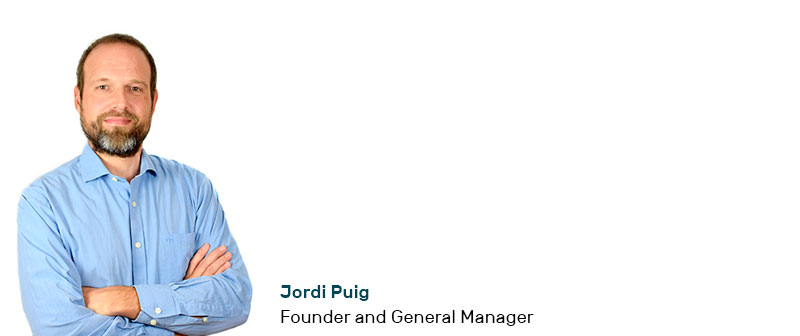What is the future of ESPs in the face of the emergence of Customer Data Platforms (CDP)


Throughout the history of Email Service Providers (ESP), there have been two big inflection points that supposed a significant advance of their functionalities.
The first one came at the hands of personalization, segmentation, and the ability to work with dynamic content. These advances allowed marketing professionals to adapt content and offers to different audiences, which led to a betterment of the user’s experience and improved results (measured through engagement and conversions).
During a second phase, around the year 2000, ESPs started to introduce functionalities that allowed to automate sending emails according to the user’s behavior on the website and the e-commerce (journey mapping and trigger emails creation). Furthermore, we started to see how some providers transformed the classic ESP platform into a platform open to other channels such as SMS, Mobile Push, and, in some cases, to the web (pop-ups, site personalization, recommendations, etc.). Parallel to these developments, “Marketing Automation” strongly emerged in the industry. This was an evolution led by companies that saw an opportunity to improve marketing processes and sales in B2B environments. Tactics such as lead nurturing, lead scoring, creation of personalized landing pages, and strategies such as inbound marketing are part of this universe.
Despite how much ESPs (some integrated into different Marketing Clouds) have advanced and the increase in capabilities focused on creating a much more personalized content and automated management, the adoption of these advances by marketers is still slow. It is not weird; mass adoption of new technologies by companies takes its time.
Customer Data Platforms (CPD)
More recently, the MarTech industry has seen the emergence of a new category, the CDP (Customer Data Platforms).
Briefly explained, CDP are a new type of database software that create unified registries of customers and users (first-party data). A CDP creates a full picture of the users on an individual level. This 360º view can be used by integrated marketing automation tools to execute campaigns and analyze results.
We believe it very probable that, in the future, the current protagonism of ESPs/Marketing Cloud as the center of marketing campaigns management is relegated to a secondary plane as a complement to CDP.
Although, as we mentioned, ESPs have significantly evolved since they first appeared, they have the limitation of not allowing a single view of the customer (nor were they created to do so). To achieve this 360º vision of the user, we need a central location that feeds on different databases. This is, in essence, a CDP.
The main characteristics of a CDP that differentiate it from an ESP are:
- Unified customer data: a CDP stores all customer data in a centralized location (web visits, amounts, transactions, SKU, sessions duration, SAT interactions, etc.).
- Tracking cross-device: it takes into account the user’s data in each interaction and is capable of identifying the user when they interact from different devices (tablet, personal computer, work computer, App).
- Real-time capabilities: a CDP can incorporate data in real-time, for example, the flow of clicks on the website or the behavior on the App.
- Data segmentation and activation: a CDP allows us to segment and profile data for its activation in campaigns, for example, Email Marketing campaigns.
The main Marketing Clouds (Oracle, Salesforce, and Adobe) are actively developing CDPs to have them available in their ecosystems. Simultaneously, many independent marketing platforms with functionalities similar to those of CDPs are in the middle of rebranding to insert themselves into this new field.
Things such as functional organization, leadership, or management difficulties of the digital ecosystem and the need to find talent to manage it, are the main obstacles to overcome for those companies that opt to adopt a CDP strategy.
In Digital Response, we are lucky to work with companies committed to giving the user the best experience possible. In fact, we are participants in some major projects that give us a privileged view of how companies and technology providers are approaching this paradigm shift.
As an example, we have recently been helping a client select an Email and Marketing Automation provider. The meetings with the different providers, who were invited to participate and who prepared presentations, demos, and interviews, were a unique opportunity to observe where the industry is headed when it comes to brands’ needs. We believe it very probable that, in the future, the current protagonism of ESPs/Marketing Cloud as the center of marketing campaigns management is relegated to a secondary plane as a complement to CDP.
CDP will become the control center for orchestrating marketing across different channels (email, web, e-commerce, display). However, we are aware that this movement won’t be possible without structural and cultural changes in the companies. Things such as functional organization, leadership, or management difficulties of the digital ecosystem and the need to find talent to manage it, are the main obstacles to overcome for those companies that opt to adopt a CDP strategy.
